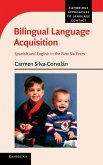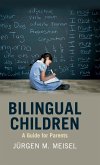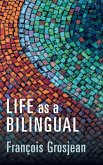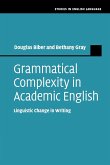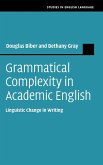The development of academic language in bilingual contexts is under-researched, especially at the critical point of adolescence. This insightful book addresses the onset and development of literacy in bilingual contexts, through a series of original case studies. Covering CLIL, EMI, and bilingual/multilingual education, the authors examine the evolution of the lexis, syntax and discourse in bilingual learning over the years of adolescence and early adulthood at school. Qualitative and quantitative research are integrated, including corpus research, with excerpts from learner corpora; computational linguistics, with metrics from language software tools; and case studies, with analyses of learners and programmes worldwide, including Refugee, Asylum-Seeking and Migrant (RASM) students. It also provides a description of disciplinary language, in domains like science, mathematics, and history in multilingual education. Finally, it delves into language policy and critical linguistics, connecting language description with educational deficits.
Bitte wählen Sie Ihr Anliegen aus.
Rechnungen
Retourenschein anfordern
Bestellstatus
Storno



